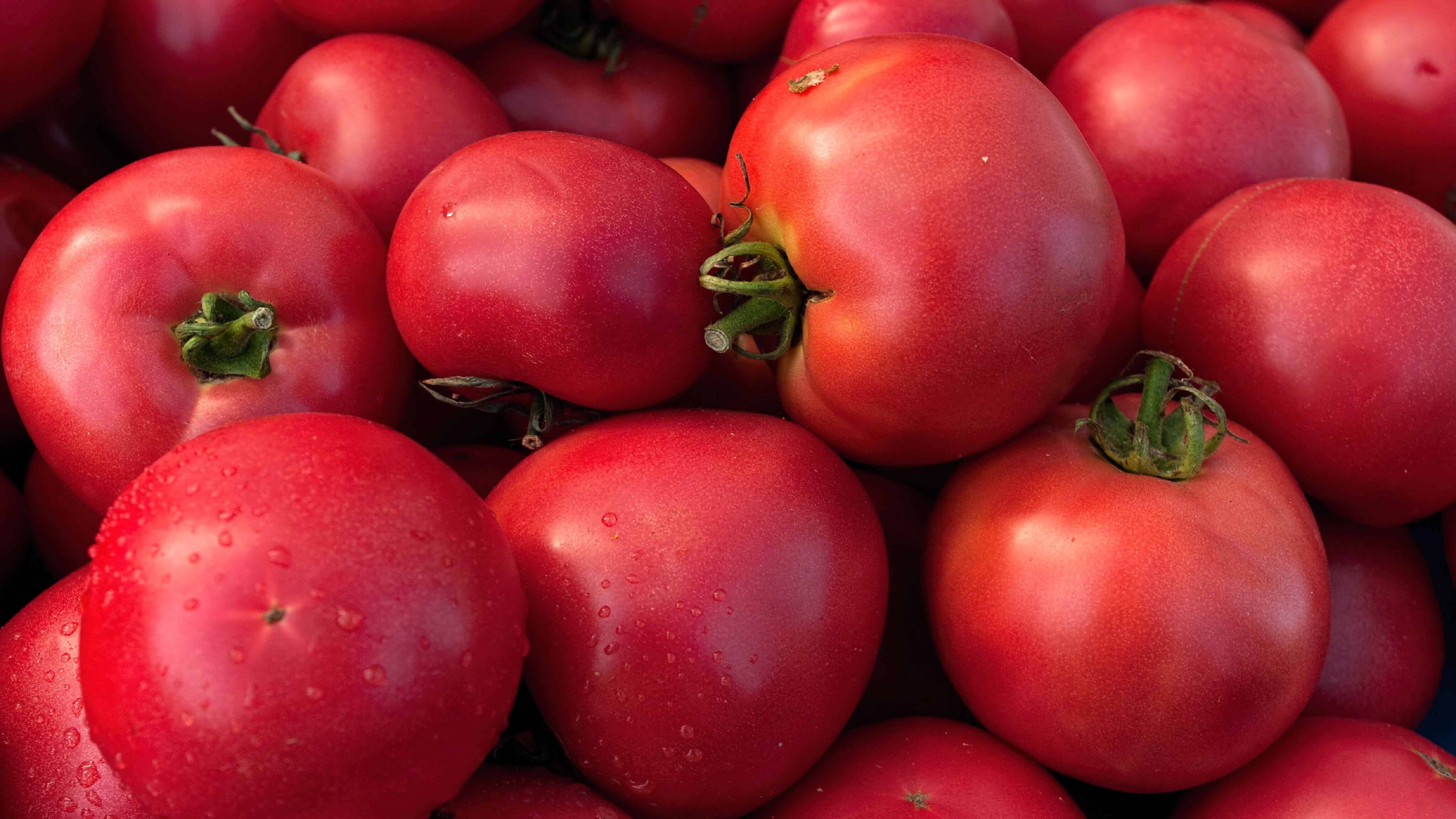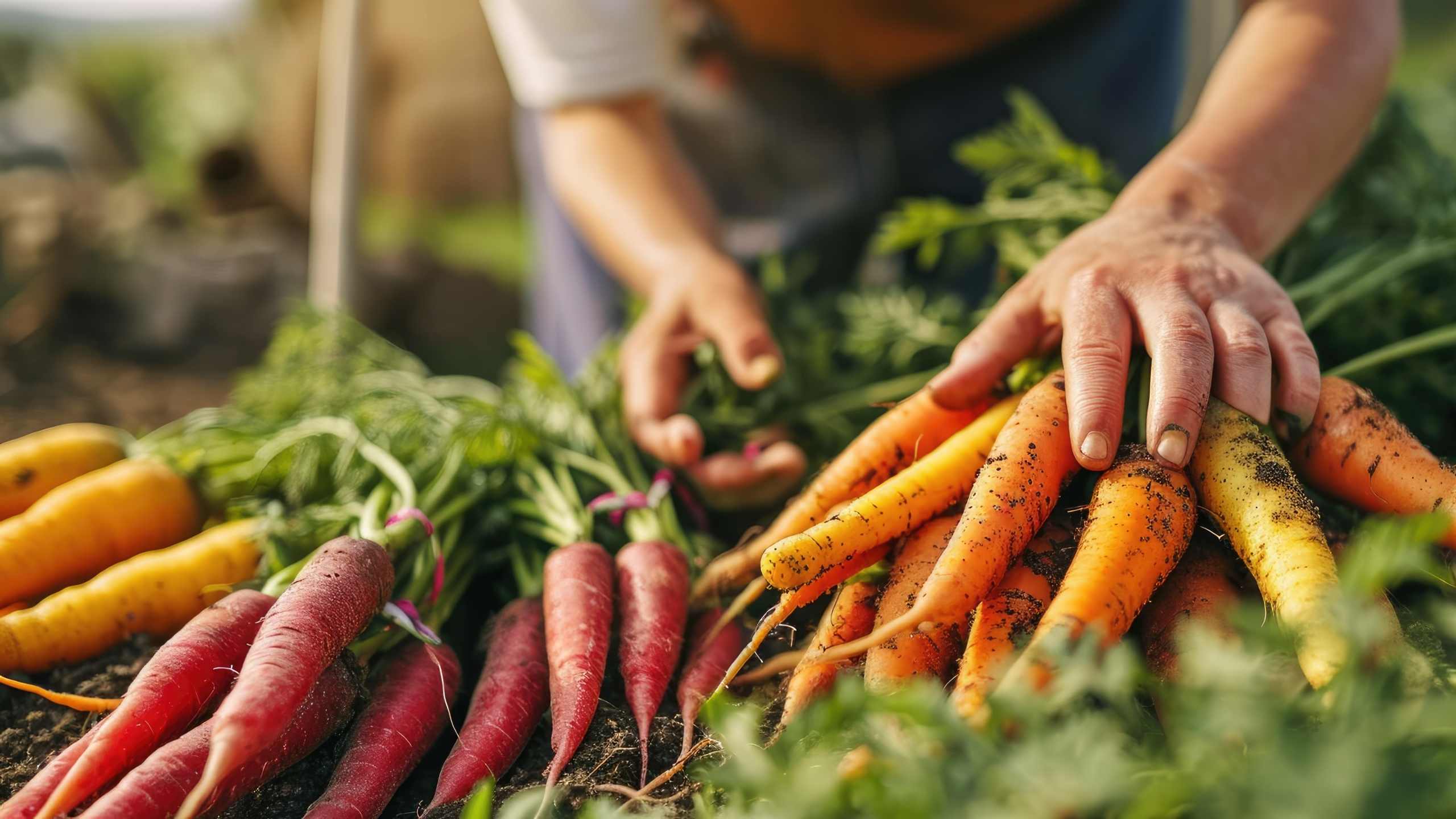A food’s journey: what is the importance of buying local products?
Every food has a “birthplace”, an identity, and, when the time comes, they too get a “passport” to travel around the world – to our hands, our homes and our plates. A journey for which the price can be very high, since the environmental impact of a product which origin is the north of the country and, from there, travels to national supermarkets is different from the impact of a product from China that has to travel thousands of kilometres by boat, truck or plane, sometimes for several days, to reach a supermarket from a European country.
With the growth of the world’s population and the consequent increase in consumption, one of the biggest challenges for food retailers is to ensure that, in case of resource scarcity, a smart strategy is implemented, so that store supply is guaranteed, and food production is not affected. The goal is to fulfil the demand of millions of consumers for quality food.
Reducing the carbon footprint of food also involves consumers who, when filling the shopping carts, can choose more local products.
What are considered local products?
The whole world fits inside a supermarket. If that sounds a little exaggerated, try checking the origin of the products you acquire – especially fruit and vegetables, meat and fish. In the same aisle, you might find bananas, for instance, from places as diverse as Madeira, Brazil or Africa.
It is the proximity between the place of production and the place of consumption that characterises local products. They can be typical products of a particular region, be associated with good agricultural and social practices, and include purchases from local suppliers. Nowadays, having access to any food at any time of the year is only a (long) journey away, so choosing local products is also choosing seasonality.

Whether you’re in Portugal, Poland or Colombia, know that Pingo Doce, Recheio, Biedronka and Ara seek to buy the products they sell in their stores from local suppliers, rather than importing them, whenever possible.
Discover some great stories from local suppliers worthy to be shared, such as the ones about Malinowy tomatoes in Poland or about 100% national Angus beef in Portugal.
Benefits of buying local products
Buying local products has an impact on three major levels: the environment, the economy and the community. These are some of its benefits:
-
Food quality and fresh products
Once it has been harvested, the time it takes to consume a food product has an influence on its nutritional profile and freshness – especially if that distance involves the temperature differences associated with transport, excessive handling of the product, its packaging, among other factors.
-
Food safety
Buying from suppliers and ensuring proximity to the origin of a product means that it is less likely to be contaminated. Practices change from region to region, so it’s not always possible to guarantee the highest quality standards.
-
Supporting local economy
Imported products are bought from suppliers and organisations outside the own country, so the local economy and the work of local suppliers are being harmed. Choosing local products is also an opportunity to learn about the food’s origin and production methods, as well as to value what is “ours”.
-
Less environmental impact
Opting for local suppliers (on the retailer’s side) and choosing local products (on the consumer’s side) is a way of reducing the carbon footprint, contributing to the preservation of the environment. With fewer imports, there are fewer negative impacts from long-distance transport, with fewer polluting emissions. It also means using less resources from the planet, since, for example, there is less packaging involved (which long-distance transport requires), and less energy is used.
There are, however, occasions where importation becomes a necessity. And the conditions that compel this are well identified:
- When products are scarce, due to production seasonality, a common occurrence in the fruit and vegetable categories, when local suppliers are limited for reasons beyond their control, or when consumers are looking for seasonal fruits all year round;
- When there is no domestic production whatsoever or, if there is, the quantity produced in the country is insufficient to guarantee a sustained supply to the stores;
- When the price-quality ratio of domestic products prevents the company from meeting the commitment to supply consumers with quality at the best price.
How to distinguish local products?
Pay attention to food descriptions and labels, where the origin of the products is mentioned. To let customers know that they are buying local products, labels or stickers are placed on the packaging of the products that come from local suppliers, as is the case with fruit and vegetables.

- In Portugal, the message “100% National” is often found in the Group’s Private Brand products that originate locally.
- In Poland, the most commonly used indications are “Polski Produkt” (“Polish Product”) and “#jedzcopolskie” (“Eat what is Polish”).
- In Colombia, you see the label “Hecho en Colombia” (“Made in Colombia”) on many Ara Private Label products.
Local products at the Jerónimo Martins Group
The Jerónimo Martins Group is committed to guarantee that at least 80% of the food products sold in its stores come from local suppliers.
In 2023, the target was not only met but exceeded, with 91 per cent of all products sold by the Group purchased from local suppliers. In Portugal, through the Pingo Doce and Recheio stores, the figure reached 83%. In Poland, through Biedronka, this figure reaches 92% and in Colombia, through Ara, it exceeds 95%.
In any country, Jerónimo Martins Group believes that the local food movement must start at the “source”, that is, at suppliers – this is the only way to support local production and to stimulate local economies.
Don’t forget: In store, look for the stamps that identify local products from local suppliers.
The percentages of purchases from local suppliers referred in this article were updated in April 2024.




